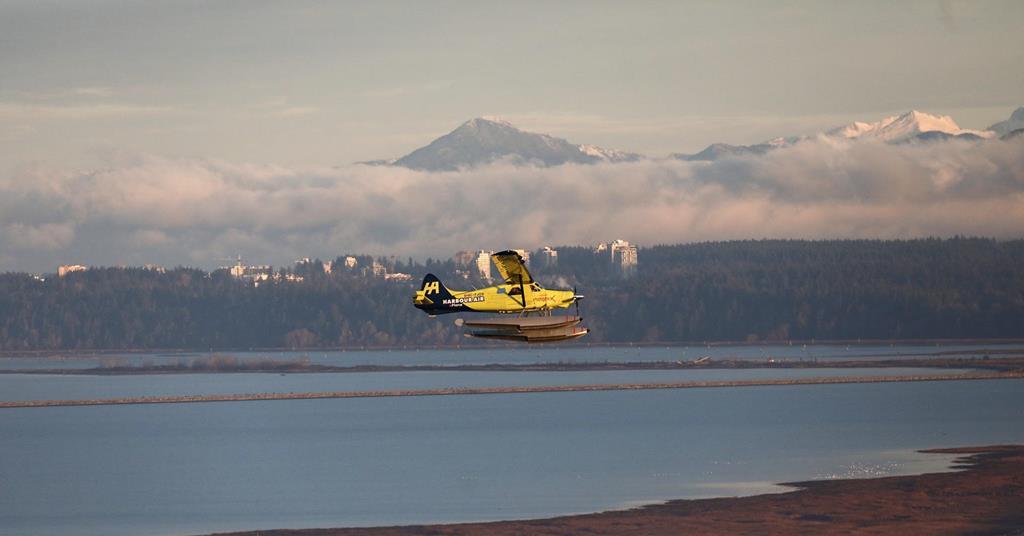"Well, they'd probably be more quiet, Petike." some of you might say. 
More seriously, I've been wondering about this question for an aeronautic-themed story I've been writing.
Its setting is a largelly realistic alternate world with pre-WWI and early WWI style aviation.
For the sake of argument, let's pretend we're in the early days of aviation in an OTL early 1900s sort of context. Electric engines and the electric batteries powering them are lightweight enough and powerful enough to lift an early monoplane, biplane or triplane. The batteries in particular are lightweight and can last a fair few hours after charging. (I imagine these as comparable to batteries used by early electric cars like the Baker or the Detroit, just more powerful for the needs of a plane.)
This is somewhat of a tricky topic, and given some of the necessary tech, it might border on ASB with the technology we had in OTL 1900s. So, aside from the "magic" batteries, powerful and lightweight enough, let's say the electric engines are otherwise very similar to those we had in our world between 1895 and 1920.
You own a Blériot XI, or a Demoiselle, or any other simple, common one-seater or two-seater plane, comparable to those of our world's pre-WWI era. You take the original liquid fuel-powered engine and fuel tanks out of the engine compartment, and you then install an electric engine and balanced battery racks instead. How will the setup roughly look like ?
Finally, the main question of this thread: You get your aeroplane flying, you take off, fly (maybe the acceleration or top speed is weaker, who knows) and you hear the sound of your engine. (I am interested in this question for narrative reasons, and potentially sound effect reasons as well.)
What would the electric engine of such an aeroplane sound like ?
Would it be a quieter engine, or not by much compared to a petrol engine of the era ?
And does electric propulsion make rotary engines unnecessary ?
More seriously, I've been wondering about this question for an aeronautic-themed story I've been writing.
Its setting is a largelly realistic alternate world with pre-WWI and early WWI style aviation.
For the sake of argument, let's pretend we're in the early days of aviation in an OTL early 1900s sort of context. Electric engines and the electric batteries powering them are lightweight enough and powerful enough to lift an early monoplane, biplane or triplane. The batteries in particular are lightweight and can last a fair few hours after charging. (I imagine these as comparable to batteries used by early electric cars like the Baker or the Detroit, just more powerful for the needs of a plane.)
This is somewhat of a tricky topic, and given some of the necessary tech, it might border on ASB with the technology we had in OTL 1900s. So, aside from the "magic" batteries, powerful and lightweight enough, let's say the electric engines are otherwise very similar to those we had in our world between 1895 and 1920.
You own a Blériot XI, or a Demoiselle, or any other simple, common one-seater or two-seater plane, comparable to those of our world's pre-WWI era. You take the original liquid fuel-powered engine and fuel tanks out of the engine compartment, and you then install an electric engine and balanced battery racks instead. How will the setup roughly look like ?
Finally, the main question of this thread: You get your aeroplane flying, you take off, fly (maybe the acceleration or top speed is weaker, who knows) and you hear the sound of your engine. (I am interested in this question for narrative reasons, and potentially sound effect reasons as well.)
What would the electric engine of such an aeroplane sound like ?
Would it be a quieter engine, or not by much compared to a petrol engine of the era ?
And does electric propulsion make rotary engines unnecessary ?
Last edited:
